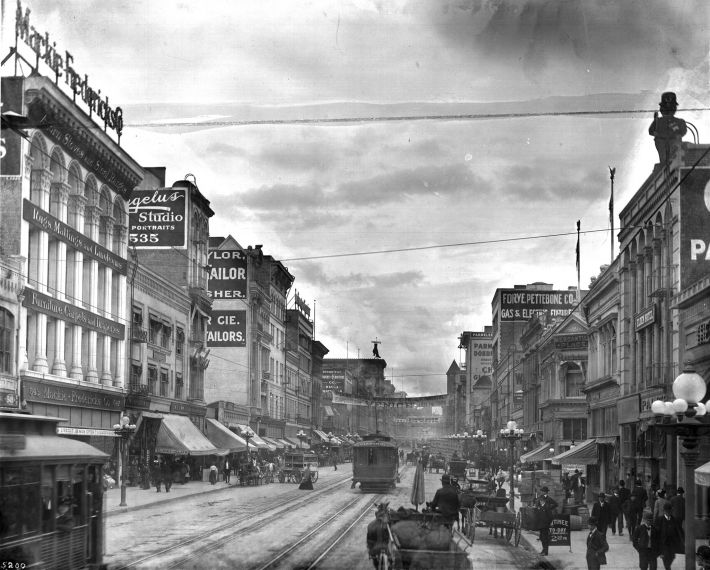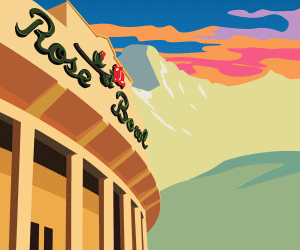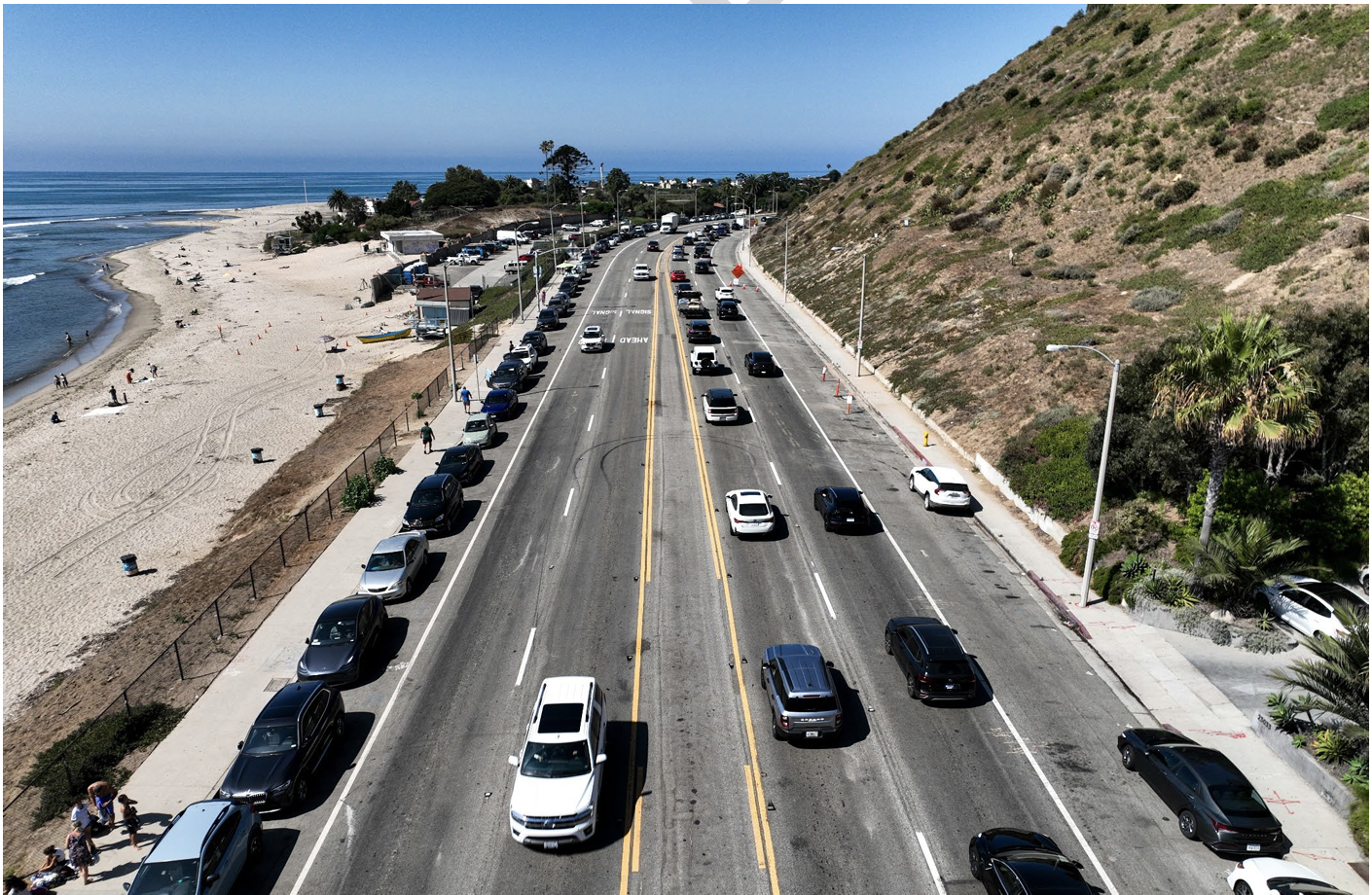With impressive urgency, Chicago Mayor Rahm Emanuel has spent his first months in office retooling and reconfiguring how the “City That Works” works. Emanuel’s energy is evident in changes from beat-cop deployment to the push for a longer school day, but perhaps the mayor’s most tangible efforts can be seen in his ambitious transportation agenda.
With Chicago DOT Commissioner Gabe Klein at his side, Emanuel has already implemented the city’s first protected bike lanes as part of a plan to add 100 miles of bike lanes within four years, announced a $1 billion upgrade to the Chicago Transit Authority’s Red Line, and passed a $2 “congestion fee” on downtown parking garages that will go towards the creation of a CTA Green Line stop that serves McCormick Place – the nation’s largest convention center – and a downtown circulator bus route being billed as bus rapid transit.
The circulator could be an interesting harbinger of Emanuel's bus policy and how far he will go with BRT. He has stated that BRT projects in Chicago will include “dedicated bus lanes, signal preemption, pre-paid boarding or on-board fare verification, multiple entry and exit points on the buses, limited stops, and at-grade boarding." As it’s proposed now -- with off-board fare payment and signal priority -- the downtown circulator is a step in this direction. But it has yet to be seen whether Chicago will commit to high-performance BRT that sets a precedent for other American cities.
From Boston to Kansas City, U.S. cities tend to implement "BRT-lite," where the actual benefits fall well short of expectations. Most of this disconnect is due to poor marketing by transit agencies trying to drum up excitement for projects that don't meet true BRT standards. When the projects deliver less than promised, the reputation of BRT as an effective transit solution suffers.
Chicago has a chance to change this perception and serve as a model for cities nationwide by building a "gold-standard" BRT system, based on the rating system established by the Institute for Transportation and Development Policy. Budgets may be tight, but as Emanuel is showing with his funding plan for the downtown circulator, he's not afraid to raise new revenues. And BRT's lower construction costs relative to rail may make it the most realistic way for Chicago to move ahead on expanding its transit network.






